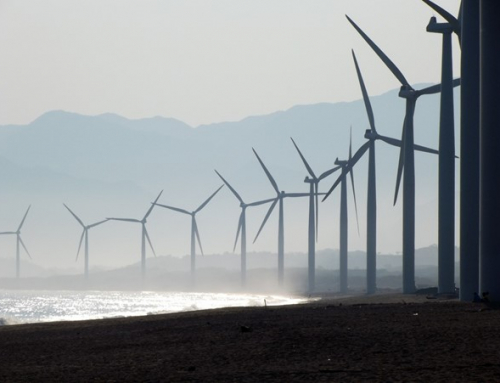
Boris and Rishi make a mess of energy policy
By Stewart Dalby
Although the energy crisis has been subsumed by more ridiculous news items like whether Boris Johnson will hold on to his job or not, the crisis is nevertheless coming up with new developments in the energy chaos which are of great concern for some.. For example, on 28 May 2022 the Financial\ Times (FT) published a front page story saying “Johnson defends £15bn cost of living support”.
The Chancellor Rishi Sunak said some of the measures in the ‘cost of living’ programme would include energy bills, in that a one-off payment of £650 would go to low-income houses. As well, there would be a £400 discount on energy bills for all households. The £5bn cost of all these– what might be called giveaways– would be funded in part by a £5bn profit levy on oil and gas companies.
This might all sound fine and dandy, but around about the same time that the article was published it came to light that the head of Ofgem, the government’s energy regulator announced that the energy price cap would go up on 1 October 2022 by£800 to almost £3000 a year for an average three-bedroom house. This set of events is like Peter paying Paul. Roughly translated this means that Peter (the energy consumers) would pass on the discounts and payments to Paul (the energy suppliers)
This bizarre transaction between consumers and the cartel-like suppliers would mean that the suppliers would benefit financially, while the consumers, or a lot of them, would be plunged into fuel poverty. So, how have we come to this fiasco and what does it portend?
There have been energy crises before and we need to go back almost 50 years to learn how cartels of suppliers grew up and flourished. In 1974 the UK was struggling with energy shortages and industrial upheaval. Manufacturers found their factories confined to a three day working week. To save on energy at home we often had to light the house with candles and cook our supper on a primus stoves.
This crisis was deemed to have been caused by an extensive strike by coal miners culminating in 1974. There was some irony in this because by 1974 production of oil and gas was well under way off the North-East coast. This meant that for many years following 1974 natural gas from the North Sea generated much of the country’s electricity and heated almost all its homes.
.This extensive abundance of gas led Mrs. Thatcher the Prime Minister the day in the early 1990’s, to privatize the energy suppliers. This quickly led to an oligopolistic cartel known as the “Big Six” suppliers. These were British Gas, EDF, E.On, Npower, SSE and Scottish Power. These groups dominated energy pricing while paying their directors fat salaries .and giving generous dividends to shareholders–all at the cost of consumers.
In the period 2010 to 2015 the cartel became so cavalier with energy pricing that it ·became a political issue. This led Ed Miliband, the leader of the opposition Labour Party to say in 2012 that if he got into power in the 2015 election he would bring in an energy cap. He didn’t get into power. David Cameron at the head of a coalition of Conservatives and Liberals was the one to get into number 10 Downing Street.
Something Cameron was spooked about for some reason was imposing an energy cap on energy suppliers so he asked his Competition and Mergers Authority (CMA) to look at whether the Big Six companies were taking money from consumers by blatant over-pricing and poor service, as many voters believed; and what he should do about it. The CMA took a long time to report but late in, 2016 it found that consumers were indeed being overcharged to the tune of £1.4 billion a year. ·
The CMA’s main recommendation, though, was that consumers shop around and switch to new, cheaper suppliers. Mrs.May became The Prime Minister after David. Cameron quitand in October 2017 she set up the country’s first official energy cap. By this time smaller energy suppliers did appear, slowly at first, but by 2019 there were seventy· of them on the scene although a lot of them did fade away during 2020.
The Economist magazine called the remaining switchers “upstart suppliers”. It said the upstarts thought they could capture a significant slice of the retail energy market but unfortunately had business models that left them ill-prepared to weather the market turbulence in gas prices. A lot of them paid little attention to the possibilities of price hedging. Simply, they could not make the sweetheart deals they had made work.
The result was that throughout 2021 more than half of the remaining small providers i.e. 27 of them went bust. What was left was a cartel of five big suppliers (SSE had left the Big Six and became involved in renewables energy) and the ‘best of the rest’ of probably 20 or so. With the global wholesale gas price continuing to rise exponentially the remaining companies are finding their costs going through the roof. They in turn are passing on costs to their customers causing them fuel poverty and financial hardship. At the same time they are paying their directors the fat salaries and pushing out dosh to their shareholders.
Nothing has changed in the energy business. The rich (the suppliers) get richer and poor get poorer. It reminds me of the old Music Hall song.
“It’s the same the whole world over.
It’s the rich wot gets the pleasure
It’s the poor wot gets the blame
Aint it all a bloody shame





